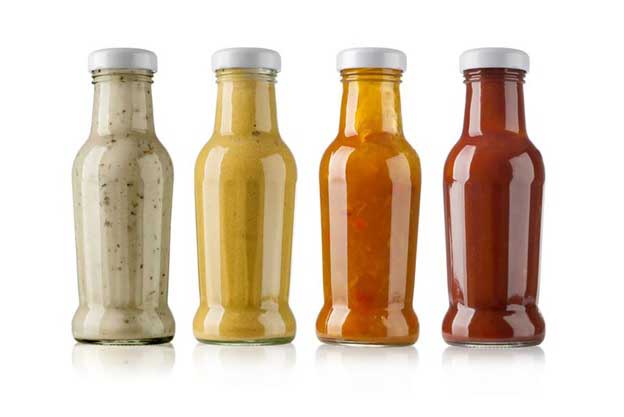Reviewed by Anurag Mishra (Sr. Technical Consultant)

Before suiting the taste to our pallet, the appearance should satisfy our eyes. This is how we make our food choices. Every time you go the restaurant, you take a close look at the pictures on the menu card. Half of your decision making process ends there. Food companies are leveraging this human psychology and presenting the food in most possible attractive manner. The managers spend good time on food colour measurement to get that perfect appearance of the food item, that looks close to the raw materials and waters the mouth.
The whole chain in the manufacturing unit, work hard to make food look good and uniform. Chefs have the responsibility of making good food. On the other hand, marketing and quality management people have the responsibility of achieving uniformity. Colour control is a very detailed process. At every step, the colour has to be maintained so that it does not affect the appearance of subsequent process. Assessment is done at every stage, from kitchen to production to marketing, everything has to go as per the plan and specifications.
Food items like jams, sauce, peanut butter, butter, etc. all are colour controlled. The regulatory authorities are very particular about the appearance of the end product. Based on this, the final grading each batch receives. Other factors like light, processing techniques, raw materials, additives, preservatives are important to consider during the batch inspection. The most important thing about the inspection process is to convince more than one reviewers. Due to difference in human perception of colours, it becomes important to present the quantified data in front of the inspectors.
Food colour measurement devices like colorimeters used in food industry to represent the colour in quantified form. Colorimeter works on the principle of measuring the absorbance of wavelength of light in the test materials. It has a light source, aperture and detector. Colorimeter offered by Testronix has D65 light source and photoelectric diodes as sensors or detector.
How it works?
The Light source made the light to fall on the testing surface. Some of the light would get reflected. The sensor detects the reflected light and calculates the value in the form of CIEXYZ, CIEL*a*b*C*h, CIEL*a*b*.
It is always advised to perform the test on the flat source to avoid any interference from the external light source. The aperture plays an important role in making the right observation. The larger the aperture is, more the readings are accurate.